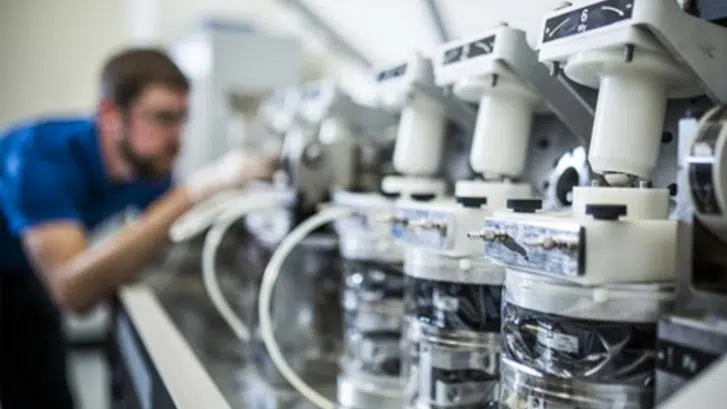Here are top 3 most notable difficulties to have plagued the medical device manufacturing industry in recent years:
1. Rising Production Expenses
Due to a variety of reasons, the United States is experiencing one of the toughest supply chain setbacks in ages.
We learned in Economics 101 class that supply drives demand, and demand drives price tags. When it comes to taking a medical device from a concept, to a tangible product, the effort is nothing short of monumental. The list of expenses is also not a short one — from research, to design costs, to labor, to raw materials, the process isn’t cheap.
Once the device is ready to be used in the market place, the retail price is generally derived from the cost incurred on the frontend.
So, pour a layer of supply chain troubles on top of this already high ticket journey to production, and you’ve got yourself some costly items on the shelves of healthcare organizations.
2. Cybersecurity Threats
The medical device industry has embraced digitalization systems, such as artificial intelligence (AI) and robotics. These technologies have created countless improvements in making processes move quicker and more efficiently. On the flip side, those revered, modern advancements have also opened doors for cybersecurity threats.
The National Healthcare Service of UK was under attack in 2017, which incapacitated the country’s healthcare computer systems.
No matter how advanced these networks are, they are susceptible to major threats by hackers in order to gain entry into medical devices. The lack of security directly effects product efficacy as well as product recalls.
3. COVID-19
Millions upon millions of people have been infected with the coronavirus since 2020. While the planet faced a myriad of hurdles, from understanding the novel virus, to creating and distributing COVID-19 tests, the medical device industry was also hit hard with challenges.
Manufacturers of medical devices tried to keep up with demand from hospitals who were being trampled by patients fighting a disease that didn’t come with an instruction manual.
There are stringent guidelines and protocols that medical devices go through before they go to market — from clinical trials, to authorizations, to credentialing. Although it would have been easy to bypass these steps in order to speed things along during the pandemic’s earlier days, it would have been at the sacrifice of quality and ethics.
On the other side of the coin, some of these industry challenges unexpectedly opened the door for opportunities; they became a catalyst for new, innovative patient care delivery solutions.
For example, offering off-site, remote healthcare for patients by leveraging the wonders of digital technology. “Treating” a patient in 2022 has been completely reinvented since before the pandemic — this goes for both healthcare delivery and how medical devices are used in the marketplace.
Additionally, growth in medical devices is expected due to demand for products that will integrate AI and machine learning. Also, there is expected to be an uptick in elective procedures as the pandemic starts to level out. There will also be a surge in non-clinical setting diagnostics thanks to the old healthcare delivery being completely reinvented.
Stay tuned for our upcoming Auxo Medical blog post where we’ll review the responsibilities of a biomedical technician as it relates to medical equipment.

